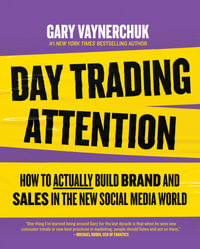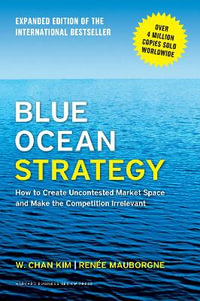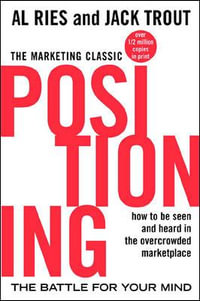Exploring Capital Market Efficiency
Recent Debates and the Martingale Process
In recent times, the subject of capital market efficiency has been the center of many debates within financial market academia. In 1965, Professor Samuelson explained the efficiency of capital market information processing through the lens of the martingale process. The martingale process denotes a statistical phenomenon characterized by the random nature of expected future value, which remains independent of its past values.
Random Walk Theory
Professor Samuelson's Insights
Professor Samuelson, by emphasizing the martingale process, postulated the concept of random walk movements in stock price changes. The random walk model elucidates stock price behavior by making an assumption: the future expected price depends on the number of periods ahead within the forecasting horizon, and the probability of an event occurring is the sum of the probabilities of the various mutually exclusive ways in which it can happen.
Implications of Random Walk
No Predictable Patterns in Security Prices
In essence, the random walk theory conveys that knowledge about the past history of stock price changes cannot be used to predict the subsequent pattern of price changes in any meaningful manner. In summary, it implies that there would be no possibility of anyone making abnormal profits by extrapolating past information on security prices.
Historical Context
From Brownian Motion to Efficient Market Hypothesis
Before 1965, researchers in the capital market reported evidence of the random walk effect in the equity market. The occurrence of Brownian motion or random movements in equity prices within the stock market had been documented by Gibson (1889). Subsequently, Bachelier (1900) developed a theory of random walk using mathematics and statistics. These studies remained largely unnoticed in the literature of finance and economics for nearly sixty years. It was the work of Samuelson (1965) and Fama (1965) that paved the way for the broader acceptance of the "Efficient Market Hypothesis," a term coined by Harry Roberts (1967). Later on, a substantial body of empirical research confirmed that frequent changes in security prices were predominantly independent, and equity prices were observed to follow randomness, demonstrating insignificant potential for predictable behavior of returns. This hypothesis rejects the role of fundamentalists and technicians in equity markets, as the efficiency theory asserts that there is no discernible pattern in the security market that could be used to predict the future movement of security prices.
























